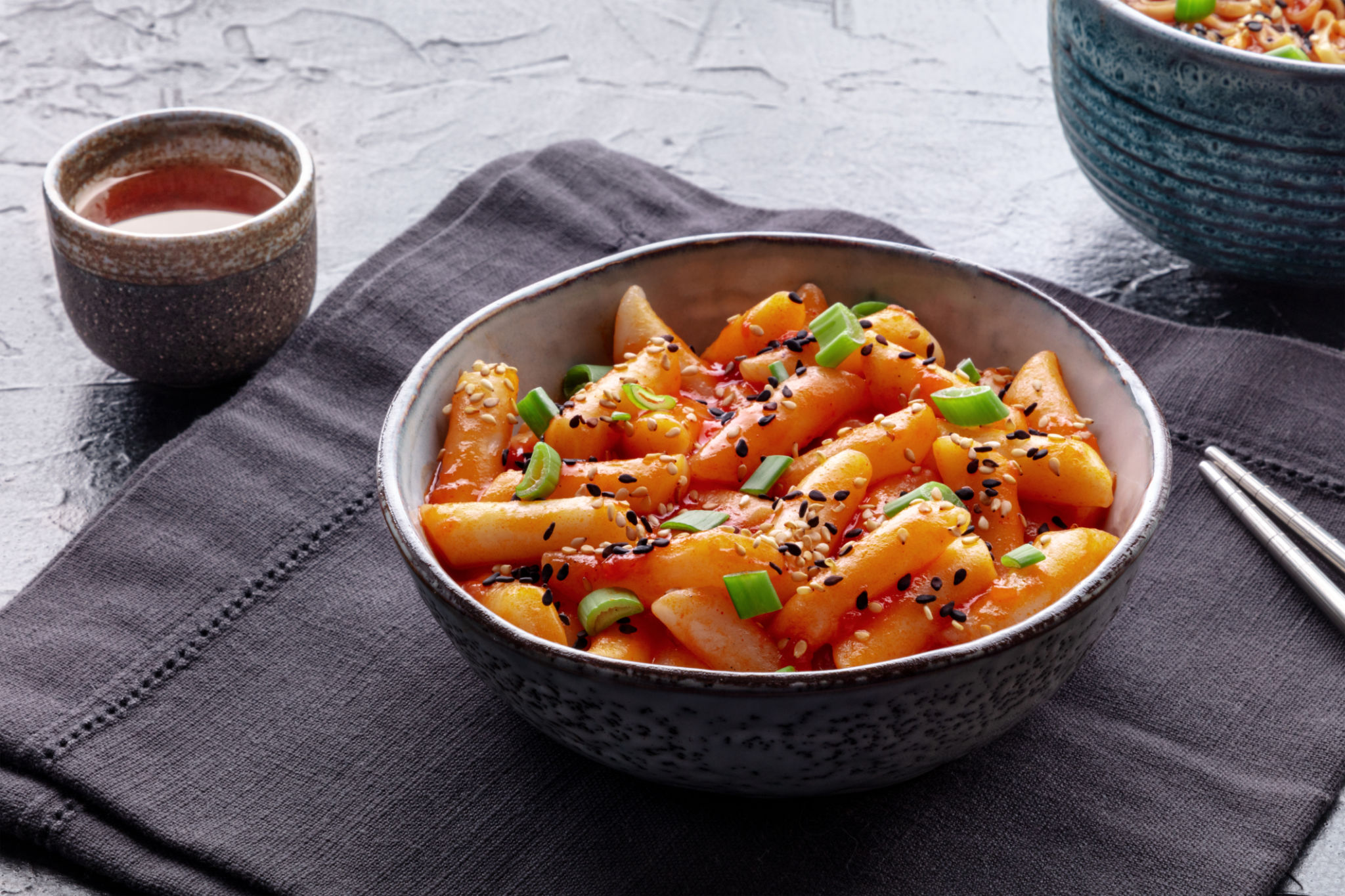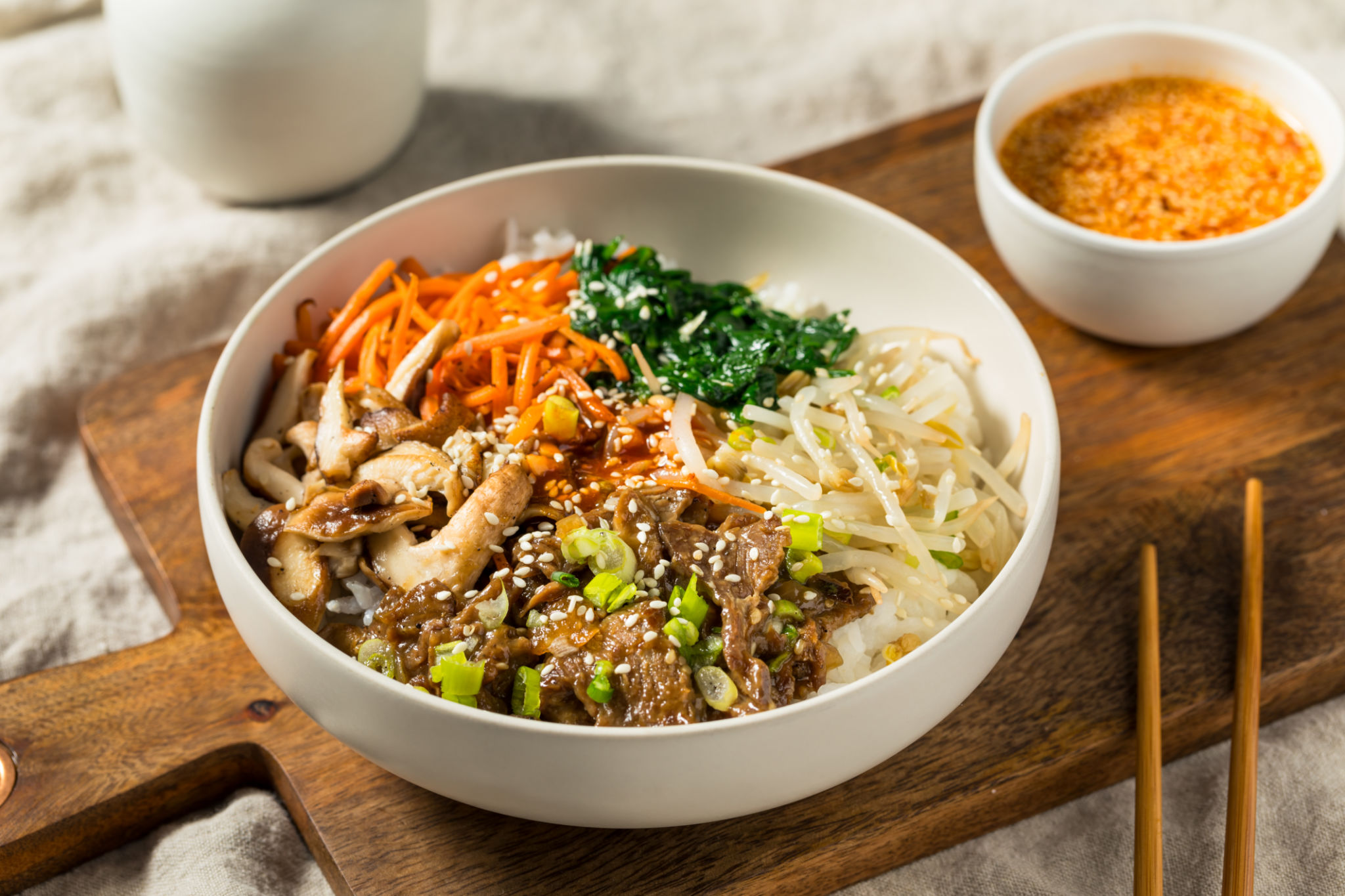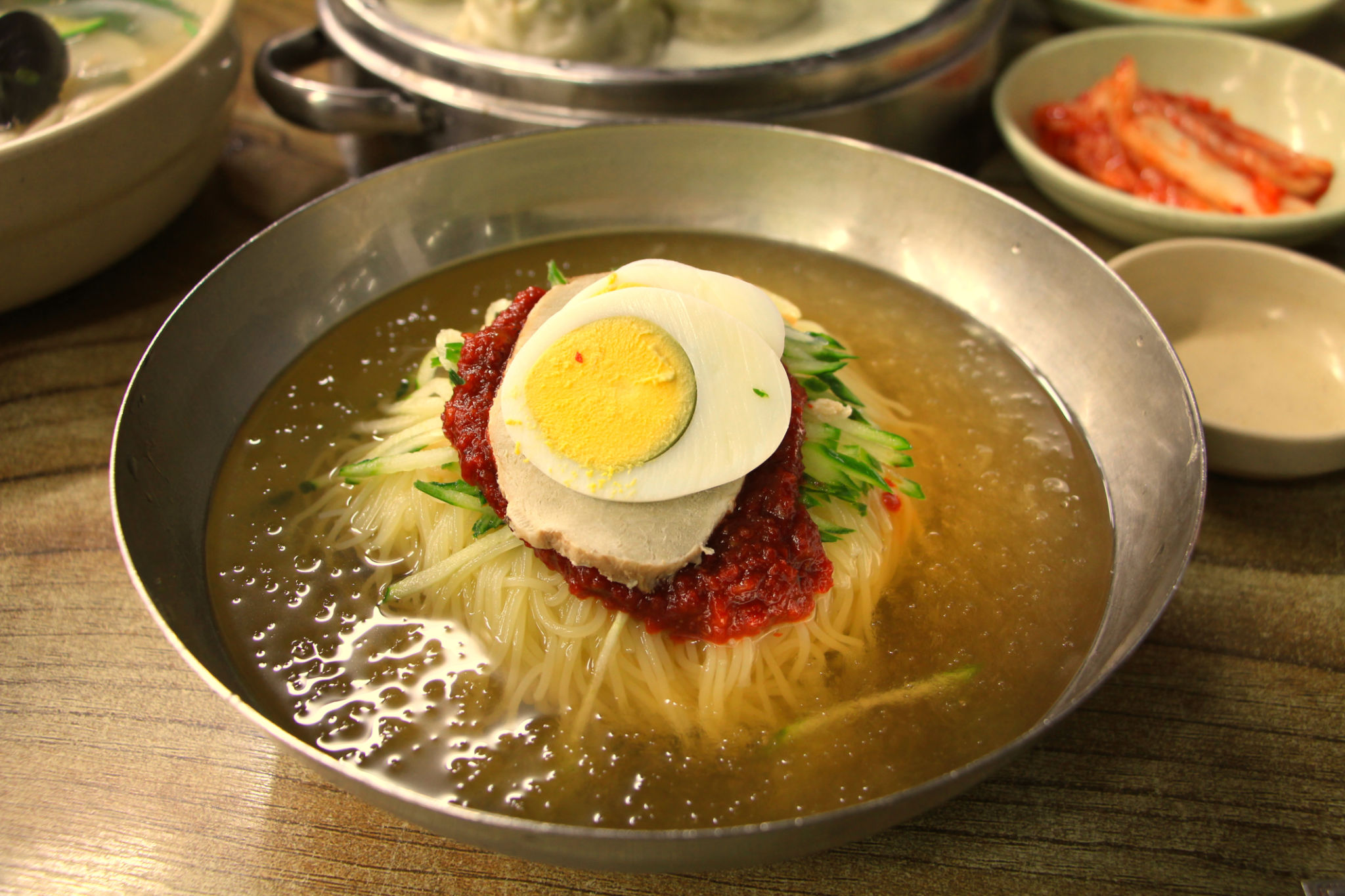Exploring Korean Cuisine: A Foodie's Adventure in Seoul
Introduction to Korean Cuisine
Seoul, the vibrant capital of South Korea, is a paradise for food enthusiasts. From sizzling street food stalls to high-end gourmet restaurants, the city offers a unique culinary journey that reflects its rich history and culture. Korean cuisine is renowned for its bold flavors, fermented foods, and harmonious balance of sweet, sour, salty, bitter, and spicy tastes.

One of the most iconic aspects of Korean food is the use of fermentation, which gives dishes like kimchi their distinctive taste and health benefits. Whether you're a seasoned foodie or a curious traveler, exploring Seoul's culinary delights promises an unforgettable adventure.
Street Food Delights
Strolling through Seoul's bustling streets, you'll encounter an array of street food vendors offering mouth-watering snacks. One must-try is tteokbokki, chewy rice cakes simmered in a spicy and sweet chili sauce. Another favorite is hotteok, sweet pancakes filled with brown sugar, honey, nuts, and cinnamon.

For those with a more adventurous palate, try sundae, a type of blood sausage made with pig intestines stuffed with various ingredients like noodles and vegetables. These street treats are not only affordable but also provide an authentic taste of Korean culture.
Traditional Korean Dishes
No culinary exploration in Seoul would be complete without indulging in some traditional Korean dishes. Bibimbap, a colorful mixed rice dish topped with vegetables, beef, and a fried egg, is both nutritious and delicious. Don't forget to mix it all together with the spicy gochujang sauce for the full experience.

Korean BBQ is another must-try experience. Grilling marinated meats like bulgogi and galbi at your table allows you to savor the smoky flavors, complemented by various side dishes known as banchan. This communal dining style is a fantastic way to engage with the local culture.
The Art of Fermentation
Fermented foods are a cornerstone of Korean cuisine. Kimchi, a fermented vegetable dish typically made from napa cabbage and radishes, is served with almost every meal. Its tangy and spicy flavor profile is not only delicious but also packed with probiotics that aid digestion.

An alternative to kimchi is doenjang, a fermented soybean paste used in soups and stews. Its umami-rich taste adds depth to any dish, making it a staple ingredient in many Korean households.
Discovering Seoul's Dining Scene
Seoul boasts a diverse dining scene that caters to all preferences and budgets. From Michelin-starred restaurants to cozy family-run eateries, the city is brimming with options. Be sure to visit traditional markets like Gwangjang Market, where you can sample local delicacies while soaking in the vibrant atmosphere.
For those looking for a fusion twist, Seoul's modern chefs are blending traditional Korean flavors with international cuisines, creating innovative dishes that are gaining recognition worldwide. This culinary creativity showcases the dynamic nature of Seoul's food scene.
Conclusion: A Culinary Adventure Awaits
Exploring Korean cuisine in Seoul is more than just a gastronomic journey; it's an immersive cultural experience. With its diverse flavors, culinary traditions, and innovative dining scene, Seoul invites you to savor the essence of Korea through its food. Whether you're exploring street food or dining in upscale restaurants, each meal tells a story of Korea's heritage and modernity.

